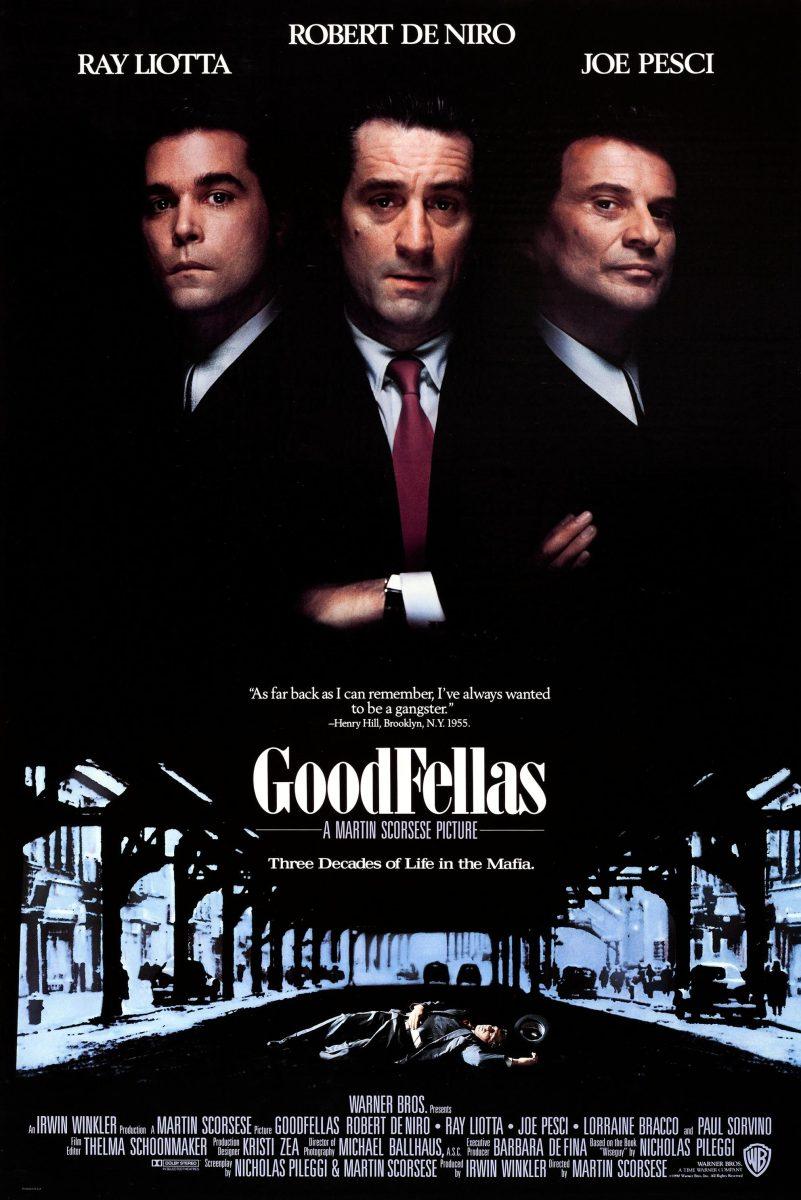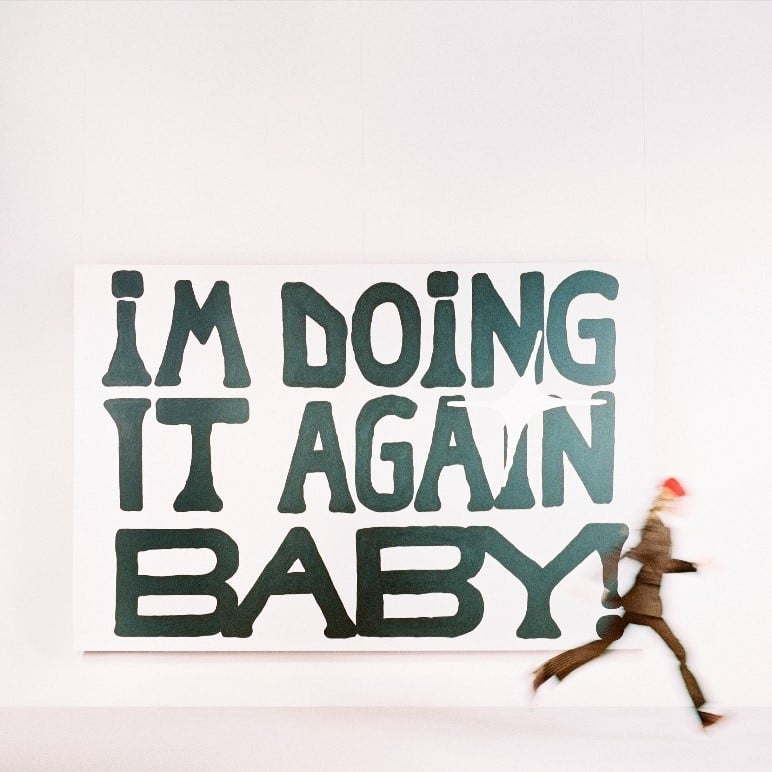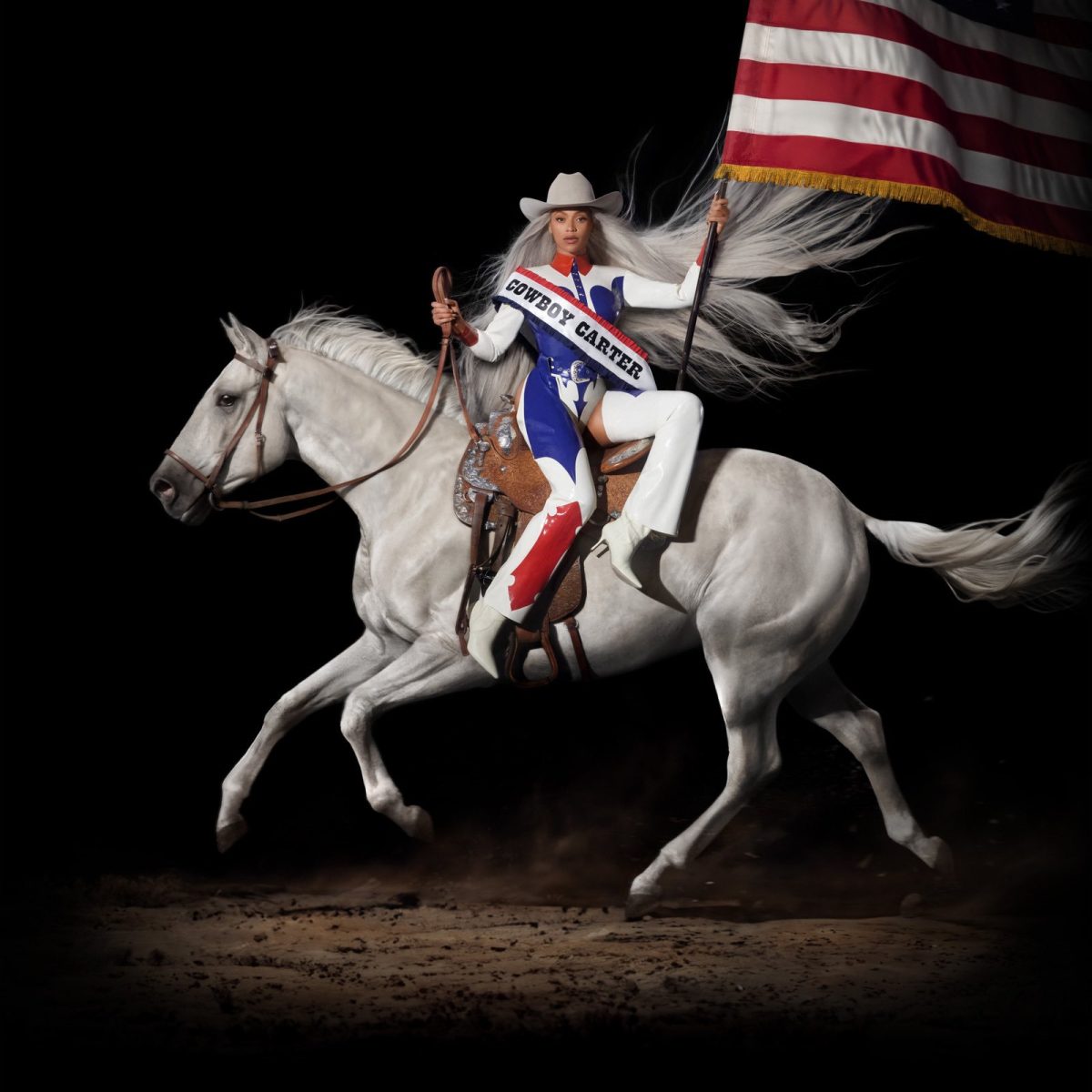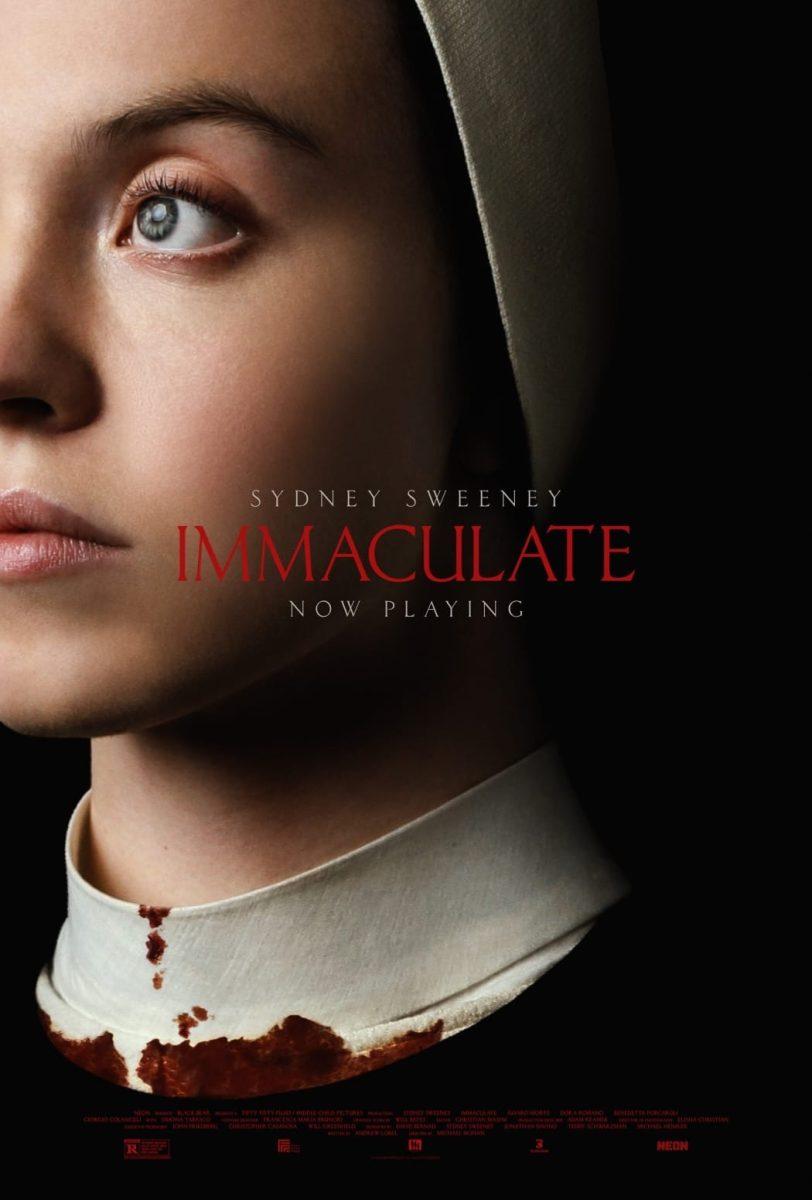Martin Scorsese’s mob masterpiece, released thirty years ago this September, is arguably both the prolific director’s most accomplished film and the best gangster movie of all time.
Reviewing classic films, especially ones which have gone on to influence generations of filmmakers, is almost too daunting a task. Any review of a true classic will inevitably fail to fully capture the nature of the film. This is undoubtedly the case with “Goodfellas.” This movie was made by a director at the peak of his craft — not too far removed from his scrappy beginnings, yet seasoned enough to pull off some of the most elaborate and iconic panning shots in the history of cinema. For all of its careful composition, the film never feels overly staged. In fact, the camera moves about as fluidly and dynamically as any film made by a hungry filmmaker trying to prove their abilities.
What adds to “Goodfellas’” legacy as one of the greatest American movies ever made is the levity with which it treats the source material. This story could have easily been told in a dour fashion. However, the energy with which every aspect of the film is presented draws the audience into this very specific world. The audience has just as much fun watching these characters and their crimes as they have committing them.
Among the film’s slew of merits, we can’t forget the “Goodfellas” soundtrack. Not only is the soundtrack a fantastic collection of songs on their own, but Scorsese is a master of needle-drop moments. He doesn’t rely on the songs themselves to set the mood of the scene, but instead uses the visual medium to enhance the soundtrack, and the soundtrack to enhance what we are seeing. Oftentimes in modern movies, we are given what might as well be stock images set to a popular rock song to make up for a director’s lack of imagination. Scorsese doesn’t just play “Gimme Shelter” over a generic shot of the New York skyline, but instead queues it at the beginning of a coke line that Henry is doing on a mirror, before violently tilting up to his drained, drug-addled expression. His nose is the color of a freshly skinned knee and his skin is of a sickly complexion. The care that goes into every angle, performance, song and edit is truly what makes “Goodfellas” worthy of its reputation.
However, the unsung hero of the film, and of Scorsese’s filmography in general, is his longtime editor, Thelma Schoonmaker. It is said that a film is made three times — once during the writing process, once during production and once in the editing room. The brisk pace of “Goodfellas” is owed to Schoonmaker, who has edited Scorsese’s films since his debut.
Perhaps the best way to understand the immense appeal of “Goodfellas” thirty years on is to look at an amusing anecdote about the film’s tumultuous early test screenings. The studio was concerned because the film was having a troublesome number of walkouts. Many of them were particularly walking out during the opening scene, in which Tommy DeVito (portrayed by Joe Pesci) stabs Billy Bats seven times in the abdomen and chest. In response to the test audience reaction, Scorsese was forced to cut the number of on-screen stabs to four, keeping the sound effects for the remaining three and cutting to the characters’ faces instead.
The change was effective, and is indicative of what makes “Goodfellas” so successful. It takes us to the edge of comfort, indulging us in our perverse curiosity only to stare us blank in the face without redemption or justification. There are no character arcs, there is no growth. The film subverts the most basic storytelling techniques, puts its characters and its audience through a feverish montage of drugs, sex, violence and traditional Italian cooking, only for Henry Hill to lament that above all, he misses the life. And we can’t take our eyes off of the screen while he’s living it.
‘Goodfellas’ remains the quintessential mafia movie thirty years later
June 9, 2020
Photo by Creative Commons
“Goodfellas” originally released in the United States Sept. 19, 1990.
Donate to The Battalion
Your donation will support the student journalists of Texas A&M University - College Station. Your contribution will allow us to purchase equipment and cover our annual website hosting costs.
























